SIERRA MADRE: THE PROTECTOR
Description
History
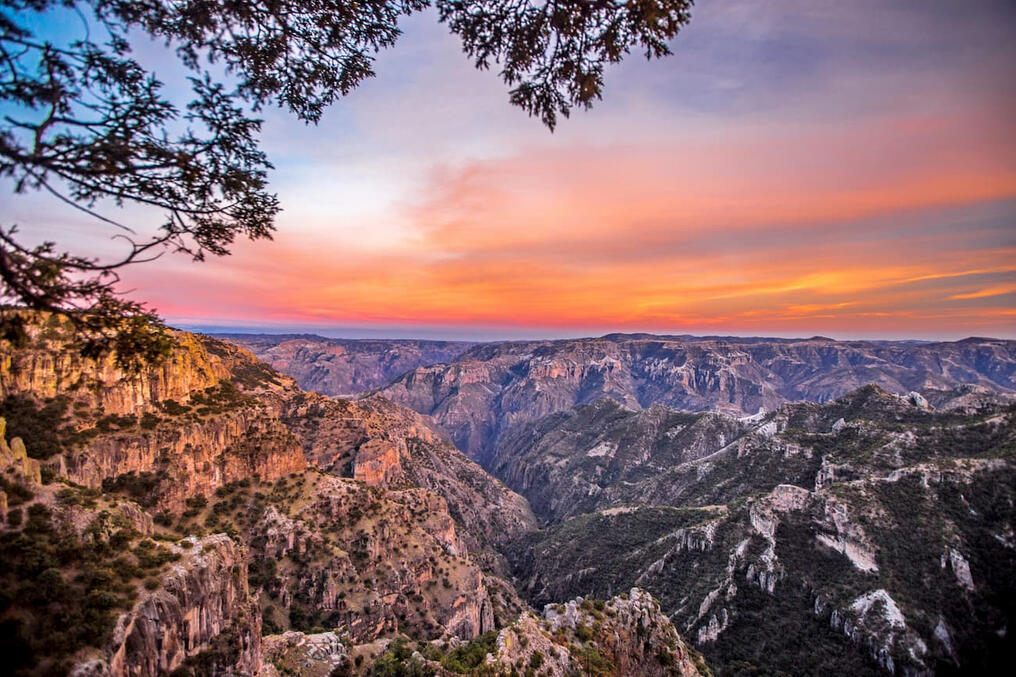
The name Sierra Madre came from the Spaniards which means "Mother of all mountains". If it is seen from above it would look like a person's backbone, that is why it is also called "The backbone of Luzon". The Sierra Madre has a total distance of 540 kilometers from the province of Cagayan to the province of Quezon. The Sierra Madre was made millions of years ago because of natural geological activities.
Fun Facts
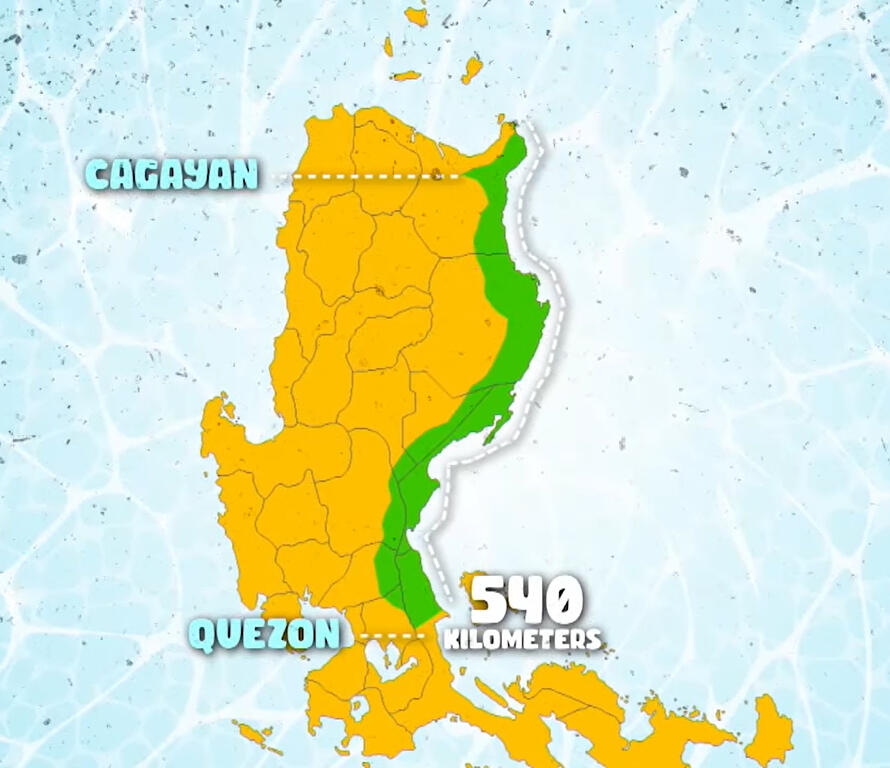
Due to its extensive range, it holds 10 provinces underneath it. The provinces of Cagayan, Isabela, Nueva Vizcaya, Quirino, Nueva Ecija, Aurora, Bulacan, Rizal, Laguna and Quezon.

It is said that 1.4 million hectares are the total landmass of Sierra Madre. It is 40% of all the forests in the Philippines, with more than 3,500 plant species here and 58% of them are Endemic.
The area is home to over 200 bird species, including a small group of Philippine Eagles. A small community of the Dumagat tribe lives along the Sierra Madre coast, with logging as their primary source of income. Negritos are another group that has settled in the area.
Provinces
Cagayan

Cagayan is a part of one of the Philippines' largest valleys, which was created by the magnificent Cordillera and Sierra Madre mountain ranges. The 330 km long Cagayan River and its many tributaries pass through it.
The province of Cagayan, which is located on the northeastern tip of the Philippines, has a total land area of 9,002.70 square kilometers. It is bordered by the Cordillera mountain ranges on the west, the Batanes Islands on the north, the Philippine Sea (Pacific Ocean) on the east, and Isabela Province on the south. Km.
Isabela
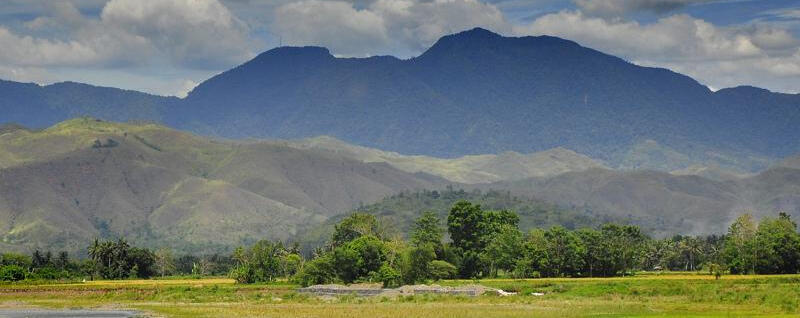
Having more than 300,000 hectares of rainforest and being 800 feet above sea level, Northern Sierra Madre Natural Park (Palanan Rainforest) is the largest protected area in the nation. top biodiversity spot in the world and one of the top ten biodiversities "hotspots" worldwide. Unknown and unnamed species of flora and fauna were discovered through research.A location that is known to be the home of the Cloud Rat and the Philippine Eagle. Whales, dolphins, and other cetaceans live in its coastal regions. The perfect location for mountaineering and trekking as well as scuba diving and other water sports.
Nueva Vizcaya
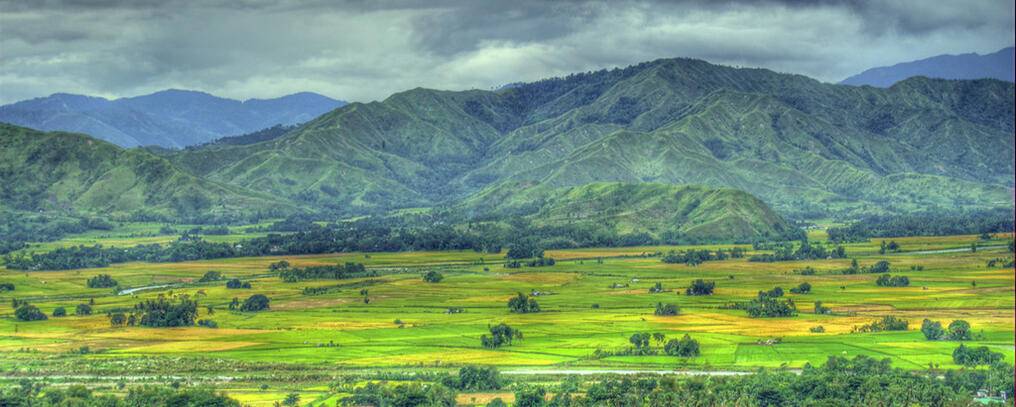
The Sierra Madre spans almost 700 kilometers in length, making it the longest mountain range in the Philippines. Its highest peak (Mount Bintuod in Nueva Vizcaya), stands 1,932 meters above sea level.The range stretches from Cagayan in the north and ends in the province of Quezon, traversing ten provinces in total. This is part of the reason why it’s fondly called the “Backbone of Luzon”, but it’s also because it plays a crucial part in the island’s ecology.
Quirino
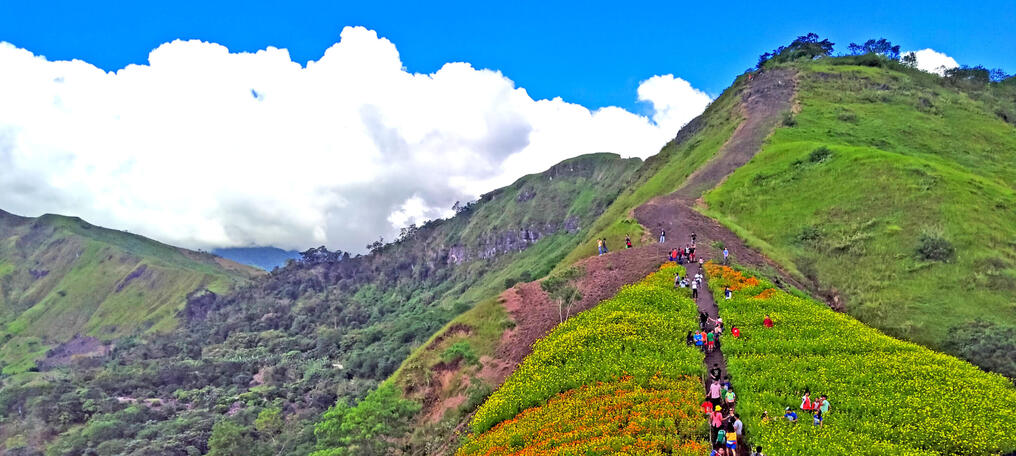
On the province's eastern and southern borders, the Sierra Madre mountain range serves as a natural barrier, and the Namamparang Range does the same on its western edge. About 80% of the province's total land area is made up of mountains and highlands, making it generally mountainous. The Quirino Protected Landscape encompasses a significant portion of the province.
Nueva Ecija
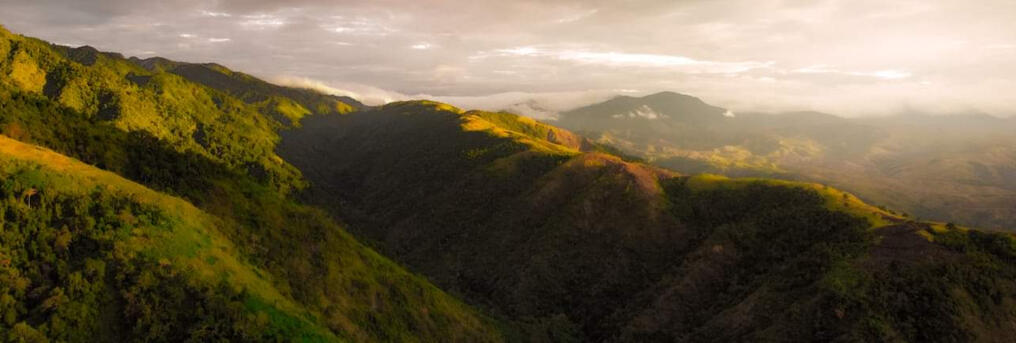
In the Central Luzon region of the Philippines, there is a province called Nueva Ecija that is landlocked. The largest local government entity is Cabanatuan, which served as the nation's former capital before Palayan became its capital (LGU). Bulacan, Pampanga, Tarlac, Pangasinan, Nueva Vizcaya, and Aurora are the states that Nueva Ecija borders, going clockwise from the south. Because it produces the highest yield of rice in the nation, the province is referred to as the Rice Granary of the Philippines.
Aurora
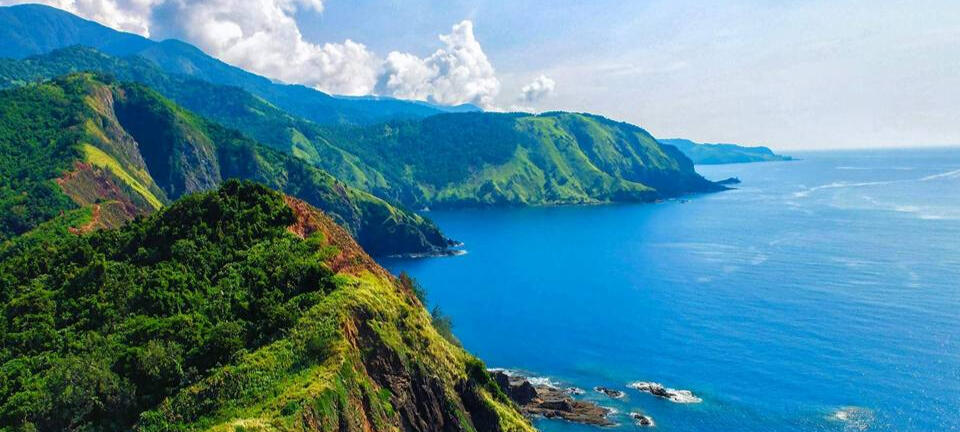
Is a seaside province in the Philippine region of Central Luzon, also known as the “Sanctuary of Nature’s Splendor.” It has a rich ecosystem with a variety of flora and wildlife that was surrounded by Sierra Madre Mountain which is home to the endangered Philippine Eagle and the rare species of Rafflesia manillana. The Sierra Madre mountain range occupies a large part of the province of Aurora.
Bulacan
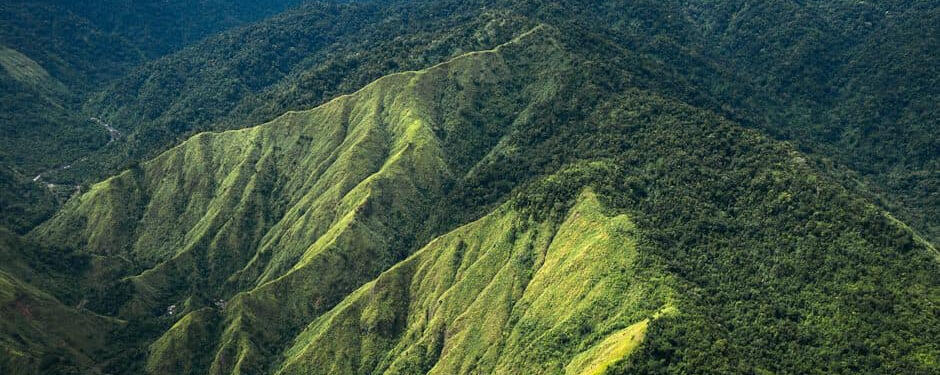
Is a province in the Philippines located in the Central Luzon region. Its capital is the city of Malolos. The enormous Sierra Madre mountain range encompasses the vast majority of the municipalities in Bulacan's mountainous eastern region. There are various nature reserves, view decks, waterfalls, caves, batis or springs, adventure paths, and other tourist attractions in these locations.
Rizal
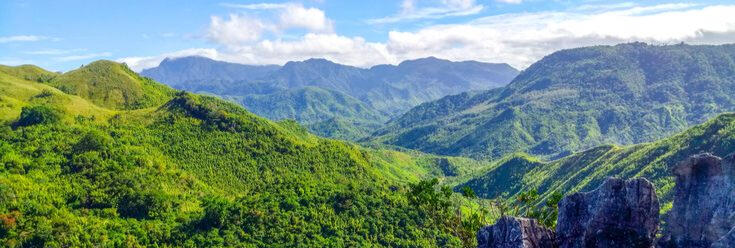
Is a province in the Philippines located in the CALABARZON Region. Pasig is the capital city. The province is named after José Rizal, one of the Philippines' national heroes. When Super Typhoon Karding made landfall, the term "#Sierra Madre" trended on social media, particularly on Twitter. By the afternoon, there had been about 40,000 tweets celebrating the mountain range's protective function, emphasizing the "shield" it has offered much of Luzon, and advocating for its preservation and protection from further destruction.
Laguna
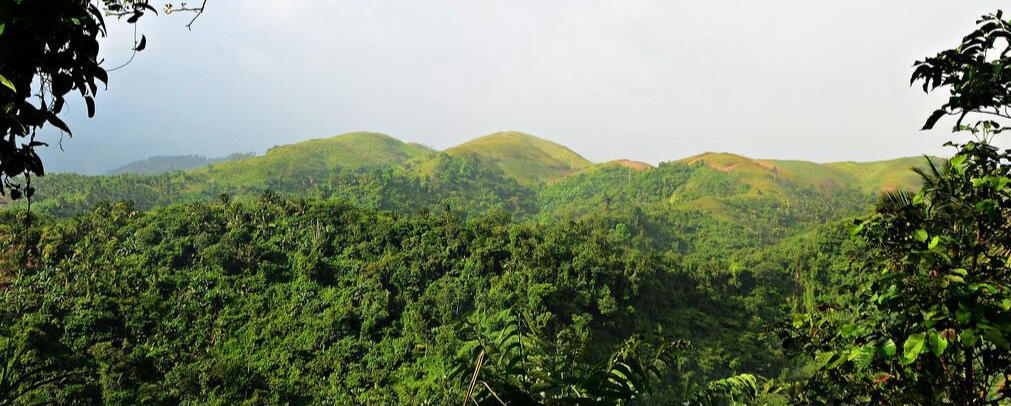
Is a province in the Philippines located immediately southeast of Manila and Laguna de Bay. Sierra Madre is near to San Roque and is located in Province of Laguna, Calabarzon, Philippines. Sierra Madre has a length of 0.25 km.
Quezon
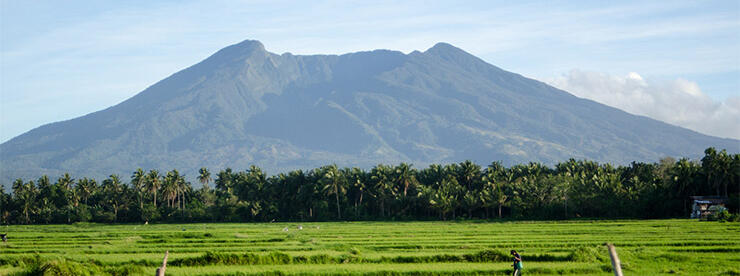
Quezon province, formally known as the Province of Quezon, it is located in the Calabarzon region on the island of Luzon. The Sierra Madre, which extends 540 kilometers from Cagayan province to Quezon province, plays a vital role as a natural shield against typhoons from the Pacific Ocean, according to environmentalists.
